Table of Contents
- Introduction
- What Is Dandelion?
- Traditional and Modern Use of Dandelion
- Why Vaporize Dandelion?
- Ideal Temperature Range
- Herb Preparation and Dosage
- Best Time to Use Dandelion Leaf Vapor
- Combining Dandelion with Other Herbs
- Safety and Contraindications
- Best Inhalation Technique for Dandelion
- Long-Term Use and Tolerance
- Conclusion
- About the Author
Introduction
Dandelion (Taraxacum officinale) is one of the most well-known and widely available medicinal plants. While it’s often considered a pesky weed, this humble plant has been used for centuries in herbal medicine for its detoxifying, anti-inflammatory, and liver-supporting properties. Most commonly consumed as a tea or tincture, dandelion can also be vaporized—offering a fast, efficient way to absorb its active compounds through the lungs.
In this guide, we’ll explore the science and practical benefits of vaporizing dandelion leaf, including its ideal temperature range, the specific effects users report, and how to use it safely and effectively. If you’ve ever wondered whether common herbs like dandelion belong in your vaporizer, this article is for you.
What Is Dandelion?
Dandelion is a perennial plant found throughout North America, Europe, and Asia. It belongs to the Asteraceae family and is entirely edible—from root to flower. In herbalism, the leaves are used for kidney and urinary support, the root for liver and digestive stimulation, and the flowers for antioxidant activity.
While dandelion root is typically roasted for tea, the dried leaves are more suitable for vaporization. They contain a range of bioactive compounds, including:
- Taraxasterol: A triterpene with anti-inflammatory properties
- Luteolin: A flavonoid known for antioxidant and neuroprotective effects
- Inulin: A prebiotic fiber that supports gut flora (not active via vapor)
- Choline: Supports liver function and cellular health
Dandelion is considered safe and well-tolerated by most people, though some individuals with ragweed allergies may experience mild sensitivity.
Traditional and Modern Use of Dandelion
Dandelion has been used for over a thousand years across various cultures. Traditional Chinese Medicine uses it for clearing heat and toxins, especially from the liver and stomach. European folk medicine has long employed it as a diuretic, digestive bitter, and spring tonic for overall detoxification.
Modern research supports many of these claims. Dandelion leaf extract has shown potential to:
- Stimulate bile production
- Support kidney filtration
- Reduce inflammation and oxidative stress
- Promote gentle detox pathways via the liver and lymphatic system
Vaporizing dandelion offers a different pathway than ingestion, bypassing the gut and delivering certain compounds directly into the bloodstream via the lungs.
Why Vaporize Dandelion?
Vaporization allows you to access certain plant compounds that are volatile at moderate heat and absorbed quickly through the lungs. This bypasses the digestive tract, which can be helpful if you’re seeking fast-acting relief or if you experience nausea or digestive sensitivity.
Potential benefits of vaporized dandelion leaf:
- Gentle lung stimulation and mild expectorant effects
- Reduction of mild inflammation in respiratory pathways
- Possible neuroprotective and calming effects from luteolin and apigenin
- A unique bitter-green aroma that may aid breath awareness and mental clarity
Dandelion is not psychoactive and does not produce sedative or euphoric effects. It’s best understood as a supportive herb—good for grounding, clarity, and gentle detoxification when used alongside other botanicals.

Ideal Temperature Range
The key to vaporizing dandelion successfully lies in using the correct temperature. Dandelion’s primary volatile constituents, such as sesquiterpenes and flavonoids like luteolin, require moderate heat to release. Going too low won’t produce any vapor or benefit; too high will result in bitter flavor and degradation of the herb’s active compounds.
| Temperature Range (°C) | Effects |
|---|---|
| 150–160°C | Light lung expansion, mild stimulation, subtle green taste |
| 160–175°C | Release of luteolin, improved focus and breath awareness |
| 175–185°C | Maximum extraction with stronger bitter-green flavor; best for short, focused sessions |
We recommend starting around 160°C and adjusting based on flavor and effect. Dandelion vapor is light and aromatic—if you notice sharpness or dryness in your throat, reduce the heat slightly and slow your draw.
Herb Preparation and Dosage
Only use dried dandelion leaves for vaporizing—never root or flowers. The root contains heavier, non-volatile compounds that aren’t suitable for vaporization. Leaves should be fully dried, free from mold or browning, and ideally organic.
Best practices:
- Use whole or lightly crushed dried leaves—not powder
- Grind just before use to preserve volatile oils
- Pack loosely to allow full airflow through the bowl
Suggested dosage:
- Light session: 0.05–0.1 grams
- Moderate session: up to 0.15 grams
Dandelion’s effects are subtle. If using it alone, keep expectations around gentle physical effects. For a more noticeable experience, it’s often combined with stronger aromatic herbs—explained in the next section.
Best Time to Use Dandelion Leaf Vapor
Dandelion is considered a supportive herb rather than a main actor. That makes it useful in situations where you want clarity, lightness, or to cleanse the palate from more intense botanicals. Because of its bitter-green nature and tonic effect, here’s when it may shine:
- Morning: To wake the lungs and support focus without stimulation
- Afternoon: As a midday breath reset, especially after heavy meals
- Between sessions: To clear the taste or transition from one blend to another
Dandelion is not recommended in the evening if you're sensitive to digestive stimulation or bitter herbs before sleep.
Combining Dandelion with Other Herbs
Dandelion is rarely used alone in vaporizing routines. It blends well with other plants, particularly those aimed at respiratory health, liver support, or clear-headed focus.
Recommended pairings:
- Lemon Balm: Calms the mind and softens dandelion’s bitter tone. Great for stress + clarity.
- Thyme: A powerful antimicrobial and lung herb—boosts the respiratory clearing effect.
For thyme’s safe use and benefits, see our article on vaporizing thyme.
Safety and Contraindications
Dandelion is considered a low-risk herb for most healthy individuals. However, as with any plant, vaporizing introduces concentrated compounds directly into the lungs and bloodstream. That makes awareness of dosage, sourcing, and personal conditions important.
Who should avoid vaporizing dandelion?
- People with known allergies to ragweed or Asteraceae family plants
- Those with gallbladder obstruction or active bile duct issues
- Individuals taking diuretics or lithium (dandelion has mild diuretic properties)
Always source dandelion leaves from reputable organic suppliers. Wild-harvested dandelion should be carefully cleaned and dried, and never collected near roadsides, polluted areas, or chemically treated lawns.
Best Inhalation Technique for Dandelion
Dandelion vapor is light and volatile. Drawing too quickly or with too much force can result in harsh vapor or missed compounds. To fully capture the essence of this herb, your technique should be slow and steady.
Suggested technique:
- Preheat your vaporizer to ~160–170°C
- Inhale slowly for 5–7 seconds—avoid short, forceful puffs
- Exhale gently and pause 30–60 seconds between draws
- End the session once vapor is faint and flavor has faded
If the vapor feels too dry, try reducing the temperature slightly or drinking water between draws. Dandelion pairs well with herbs that release moisture (like lemon balm) to improve comfort and mouthfeel.
Long-Term Use and Tolerance
Unlike psychoactive herbs, dandelion does not create dependence, tolerance, or withdrawal. It’s well-suited for regular use, especially in low to moderate doses. Because it supports gentle detoxification and elimination, vaporizing it too often without hydration or rest days may lead to subtle dryness or fatigue in sensitive users.
Guidelines for consistent users:
- Use 1–2 times per day max, especially in warmer weather
- Rotate with other herbs to support respiratory and nervous balance
- Monitor for signs of overuse (e.g., dry throat, excessive urination)
As a tonic herb, dandelion is ideal for those seeking sustainable, long-term plant support with minimal risk. It plays well with most blends and contributes to a more grounded, functional vaporizing approach.
Conclusion
Dandelion may be an overlooked herb in the vaporizer world, but it offers a unique, subtle experience for those seeking clarity, gentle stimulation, and herbal support without sedation. Its bitter-green profile, liver-friendly properties, and historical use as a tonic make it a great addition to a balanced herbal rotation—especially when combined with aromatic allies like thyme or lemon balm.
To get the most from dandelion vapor, focus on quality sourcing, medium-range temperature control, and a light-handed approach. While it may not deliver instant euphoria or dramatic shifts, its benefits lie in consistency and subtlety—ideal for breathers, thinkers, and those who value long-term balance over short-term intensity.
If you’re looking for a clean, analog way to explore dandelion and other botanicals, try the Vapman for precise manual microdosing, or the Lotus for fast, convection-powered vapor with no electronics.
About the Author

Michael, Founder & CEO of INHALE Vaporizers
Driven by a passion for clean, mindful vaporization, Michael leads INHALE in crafting elegant and sustainable tools like the Vapman and Lotus. With a deep focus on function, ritual-free design, and botanical integrity, INHALE helps people reconnect with the power of plants—one breath at a time.
📩 support@nowinhale.com | Contact us





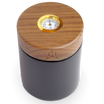
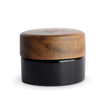


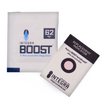



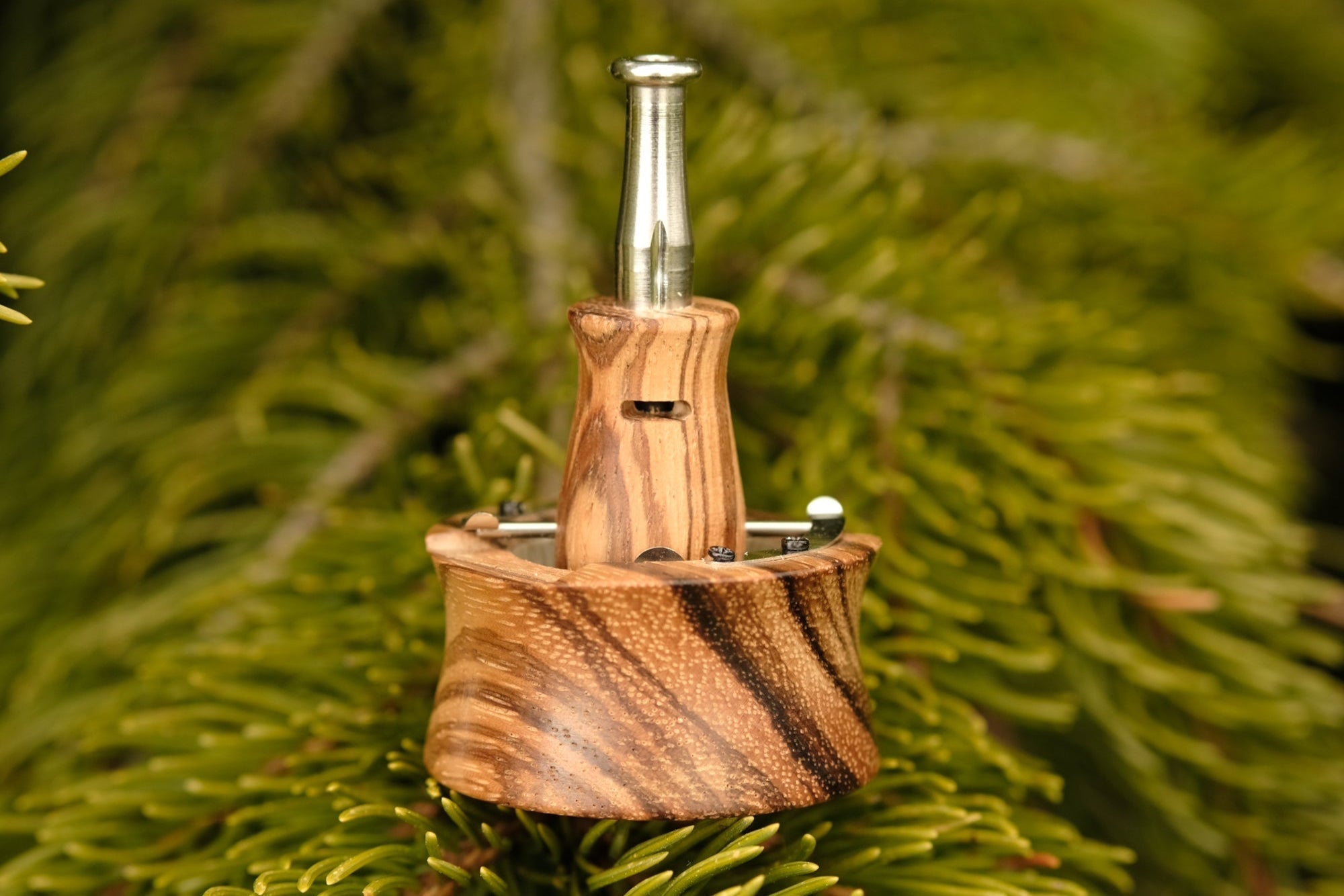
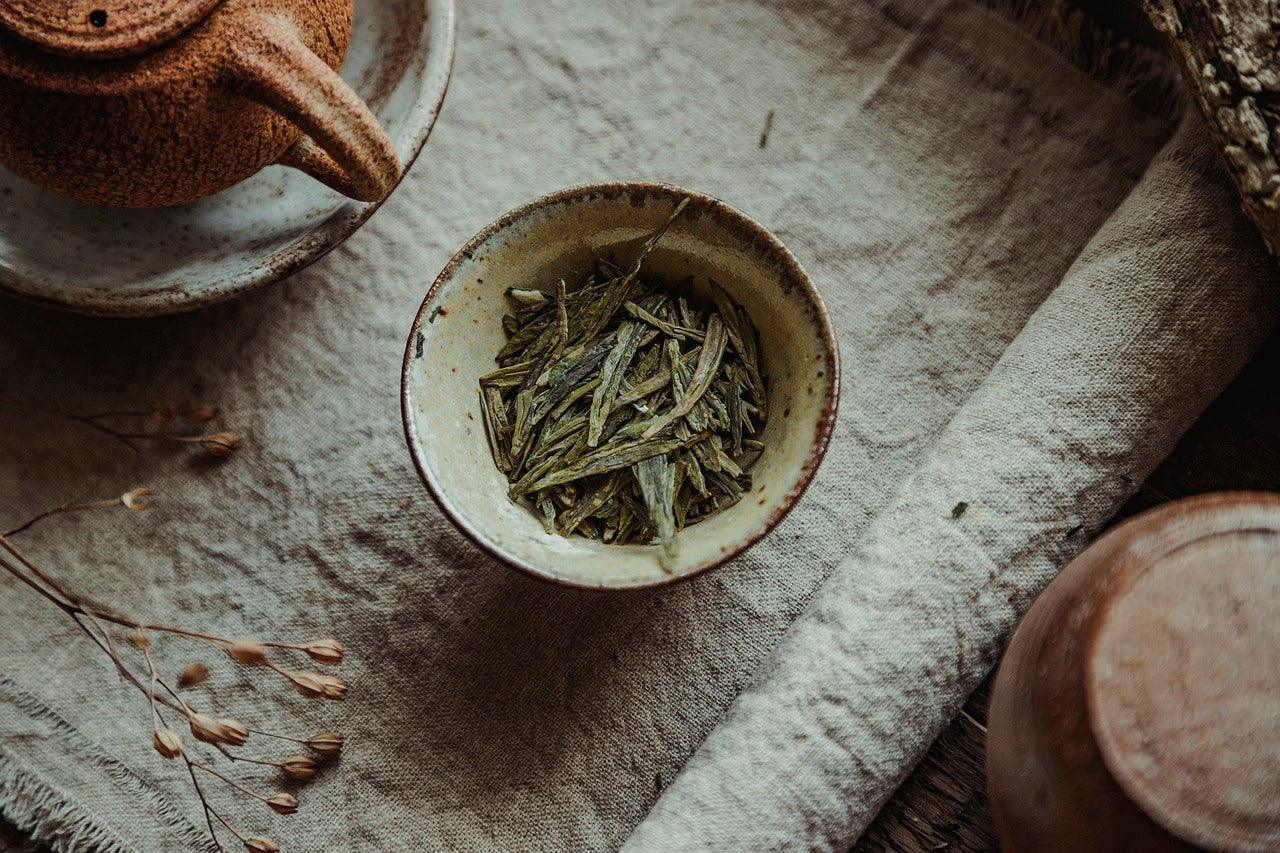


Leave a comment
All comments are moderated before being published.
This site is protected by hCaptcha and the hCaptcha Privacy Policy and Terms of Service apply.